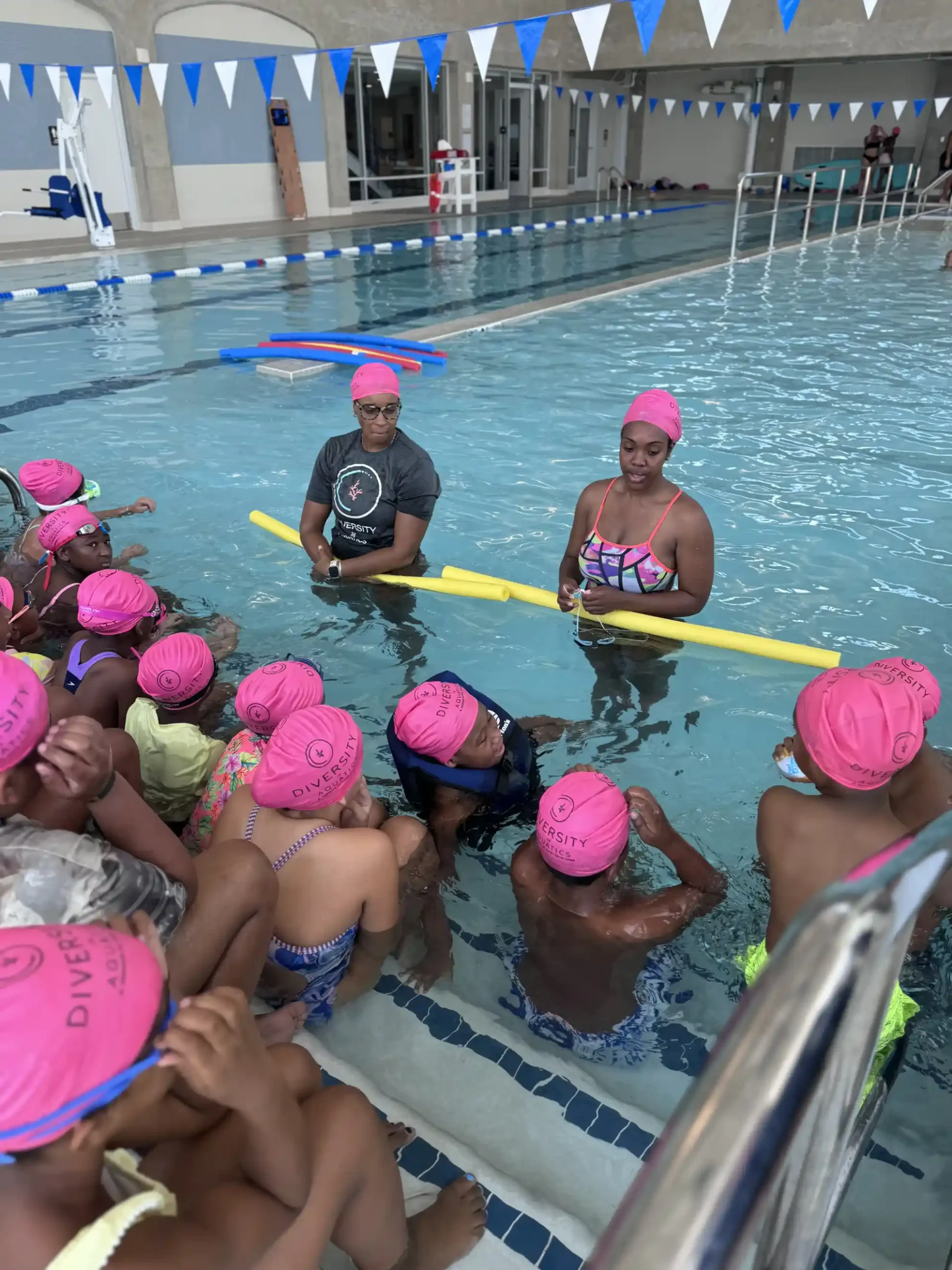Water Safety While on Vacation
Water safety is a crucial aspect of any vacation involving aquatic environments. Whether you’re relaxing poolside, exploring a beach, or enjoying water sports at a lake, understanding how to stay safe can make all the difference. Drowning is often quick and silent, and the risks are heightened in unfamiliar environments and under different safety standards.
By the end of this guide, you’ll be equipped with practical tips to ensure a safe and memorable vacation—without sacrificing fun. Let’s dive in.
Before you pack your swimsuit, take time to learn about the water safety conditions at your travel destination. Knowing what to expect can prevent surprises and help you make smart, informed choices.
Start by checking:
Look into any regional hazards, such as rip currents, jellyfish, or strong undertows. Understanding local risks allows you to plan activities safely and choose appropriate swim areas.
Where you stay matters, especially when it comes to water safety. Not all resorts or vacation homes maintain the same standards, so it’s important to evaluate a few key features before booking.
Look for:
If you're staying near natural water bodies like lakes or rivers, check if the property offers guidance on water entry points, safety rules, or equipment like life jackets or throw ropes.
Supervision is the first and most effective line of defense against water-related incidents. When on vacation, unfamiliar surroundings and relaxed routines can increase risk—especially for children.
Tips for staying alert:
Use the buddy system so no one swims alone—regardless of their age or swimming ability. Even strong swimmers can face sudden fatigue, cramps, or water conditions that make solo swimming dangerous.
Part of enjoying a vacation safely is being ready in case something goes wrong. Water emergencies can escalate quickly, so a little preparation can go a long way.
Here’s how to be emergency-ready:
Also, make sure everyone knows how to use a life jacket properly—a must-have when boating or near open water.
Water safety while on vacation isn’t just about avoiding accidents—it’s about creating a more enjoyable, stress-free experience for everyone. By planning ahead, staying alert, and respecting local guidelines, you help make aquatic adventures safe and memorable.
Whether you’re floating in a resort pool, wading into a quiet lake, or splashing on the shore, safety starts with awareness. Let’s keep every vacation a happy, healthy one.
Look for designated swim zones with lifeguards, safety signage, and clean surroundings. Your hotel concierge or local tourism office can also provide guidance.
Always follow local regulations, but don't hesitate to apply stricter safety standards if you're unsure. Trust your instincts and prioritize caution.
Not necessarily. Inspect the pool area for hazards, ensure lifeguards are present, and supervise children, friends, and family closely, even at resorts. Designate a water watcher at all times to ensure everyone makes it safely to and from the water.
Dress them in bright swimsuits, establish a meeting point, and stay within arm's reach in the water. Use ID wristbands if needed.
It depends. Always check for signs, water quality reports, and avoid unknown depths or unclear waters. Always make sure to have a lifejacket.
Call for help immediately. If you’re trained, use rescue techniques and avoid putting yourself in danger. Look for a flotation device to throw.
No. Alcohol impairs judgment and coordination, increasing the risk of drowning. Stick to non-alcoholic drinks when planning to swim.
Ask locals about hazards, currents, and safe areas. Enter the water slowly and never dive into unknown depths.
Bring life jackets, waterproof first aid kits, high-SPF sunscreen, reusable water bottles, and waterproof ID or emergency contact cards.
Most are well-regulated, but still observe the posted rules, ensure kids meet height/weight limits, and stay alert for signs of fatigue or disorientation.
